Why King Charles Keeps Coming Back to Transylvania
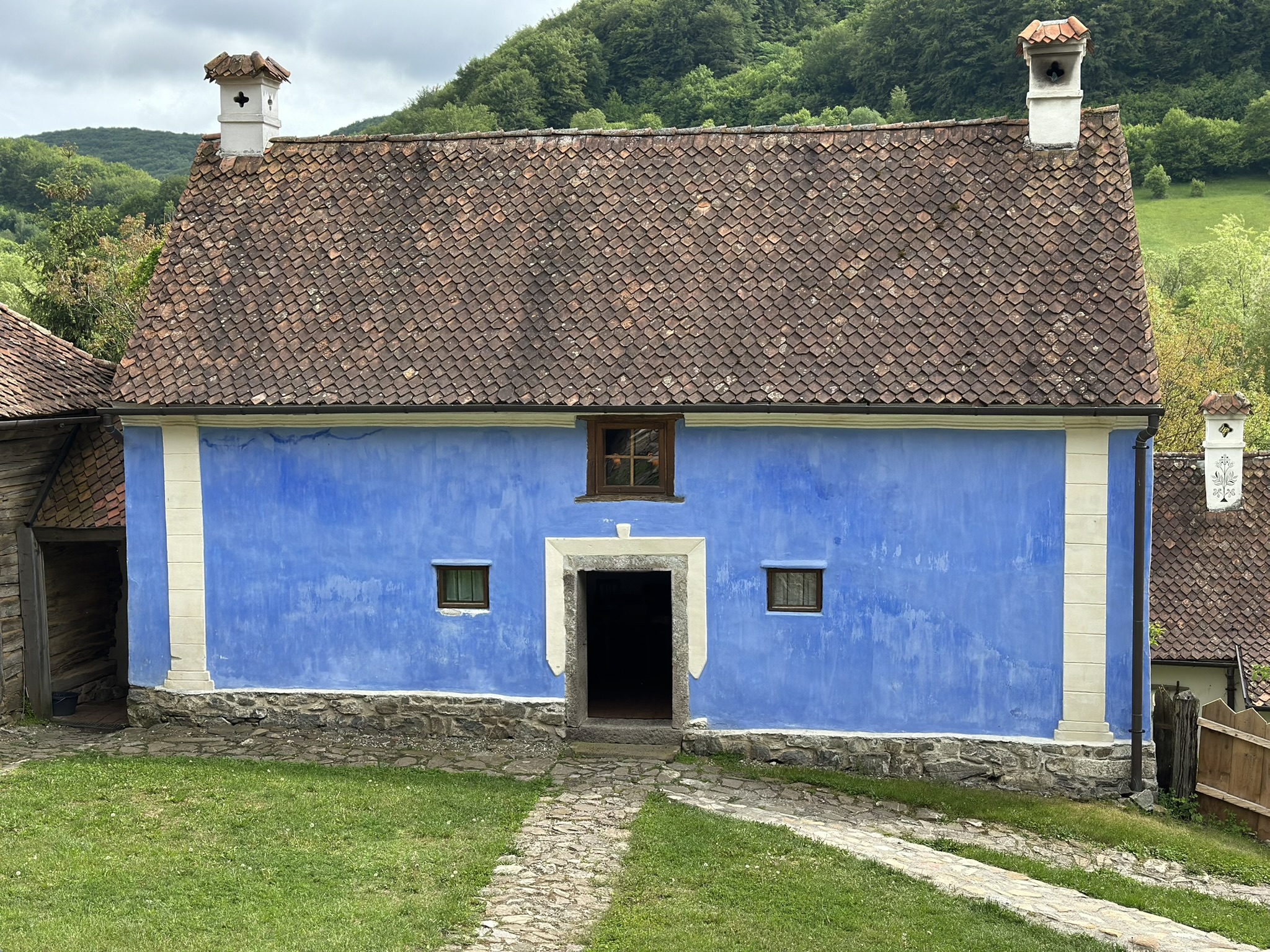
When you picture King Charles III, you probably think of Buckingham Palace or grand state ceremonies. But if you really want to understand him, you need to follow a winding dirt road in Transylvania, where horse-drawn carts still rumble through the villages and wildflower meadows stretch as far as the eye can see.
As The Washington Post recently highlighted, the king has been quietly returning to Romania for more than 25 years. His retreats here are simple — no television, no WiFi, just centuries-old cottages, storks circling above, and evenings when the only sound comes from crickets in the grass. For him, Transylvania isn’t just an escape. It’s a place that reflects what he has always believed in: protecting nature, preserving traditions, and living at a slower, more meaningful pace.
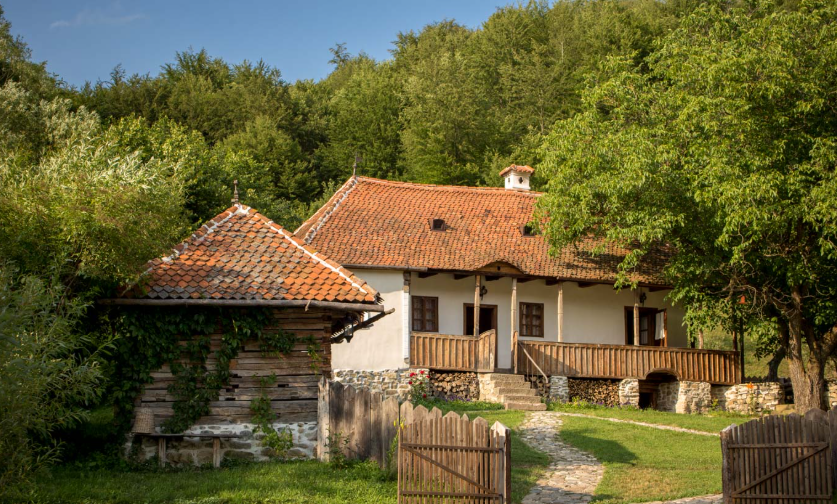
On our May 2025 Transylvania Unveiled tour, we had the privilege of experiencing this side of the country in the very places that mean so much to King Charles. We spent some time at his property in Zălanpatak — a cluster of restored 17th-century cottages tucked at the edge of a forest. Just like the article describes, it felt like stepping into another world.
.JPEG)
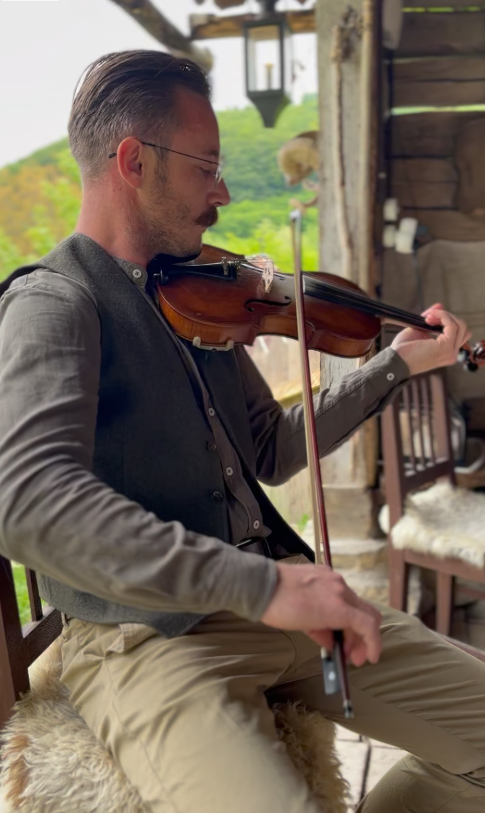
One of the things that sets Charles apart is his commitment to restoration. Through his charities and partnerships, he has supported the repair of historic Saxon houses, encouraged the use of traditional building techniques, and helped revive nearly forgotten crafts. For him, conservation isn’t only about protecting landscapes — it’s also about preserving the knowledge and skills that give these villages their soul. I had the opportunity to talk with one of the property care takers about the restoration process and the efforts that went into preserving the authenticity of the property. Local craftsmen used building materials from other old homes in the area to restore this property. The property was restored with local labor, traditional building skills and tools. Old crafts like lime plastering, shingle-making, or hand-carving wooden gates are skills that risk disappearing. Training new generations in these techniques preserves cultural memory and creates local jobs.
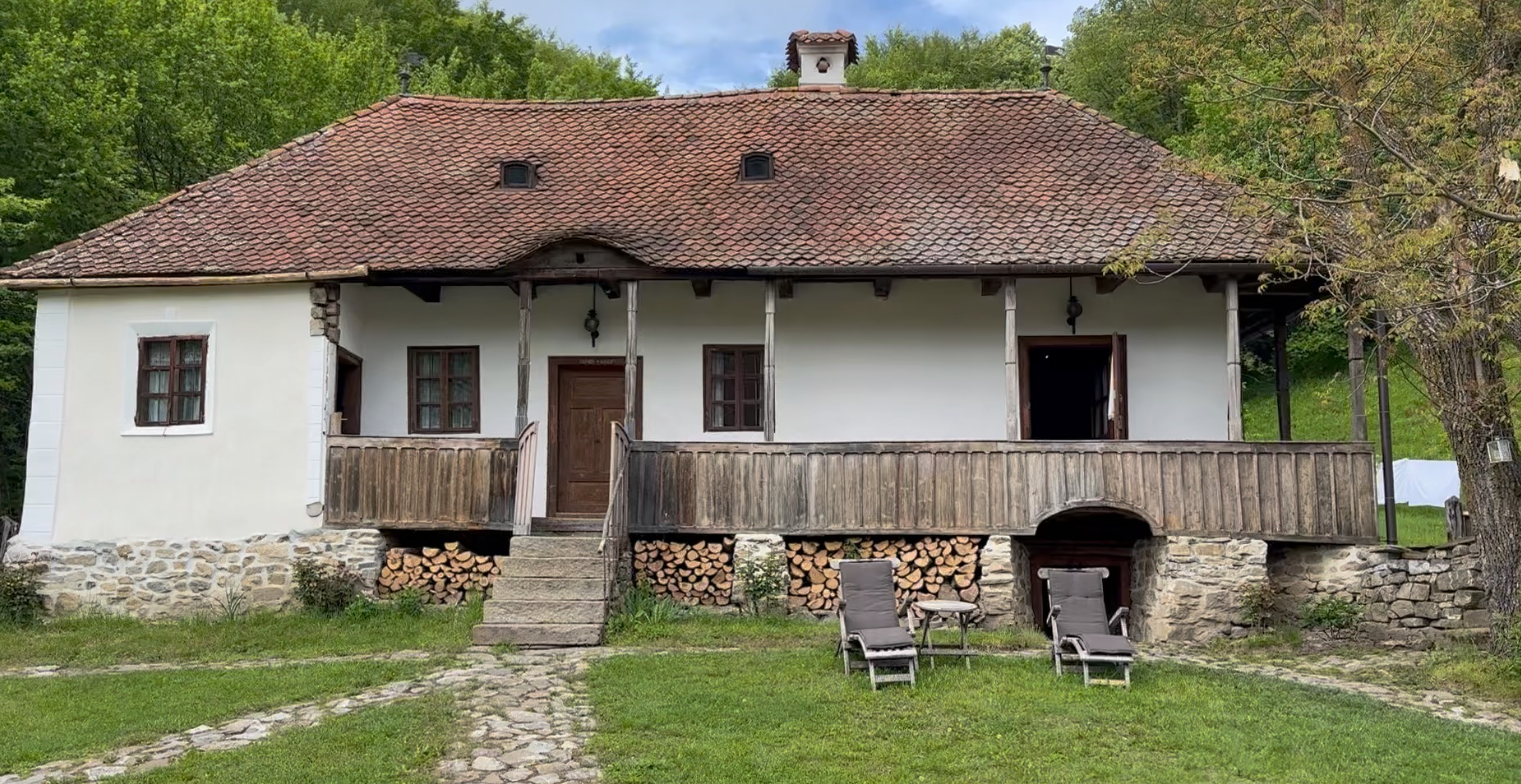
We also visited Viscri, another village the king has helped put on the map. There are multiple properties in this village as well that were restored using the same principles. The “King’s House” in Viscri now serves as a museum and community hub, but what really struck us were the details of daily life: cows being herded down the main road, families tending to their gardens, and locals welcoming us with homemade cheese and plum brandy. It’s easy to see why Charles fell in love with this place — it’s a living example of harmony between people and nature.
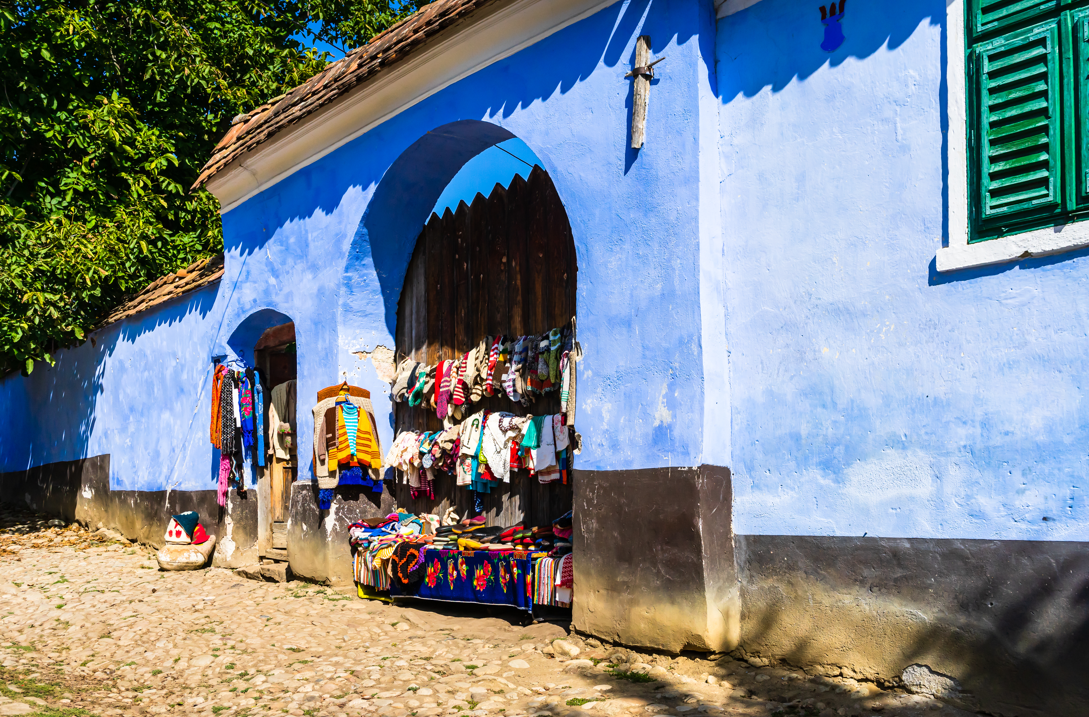
For me, what makes this connection so special is that it’s not about royal glamour. It’s about authenticity. It’s about a king who finds peace in the same wildflower meadows and old Saxon villages that our guests discover on tour.
If you’d like to dive deeper, you can read the full article in The Washington Post (subscription may be required).
https://www.washingtonpost.com/world/2025/09/14/englands-king-charles-iii-lives-another-slower-life-transylvania/
And if you’re curious to walk in the king’s footsteps yourself — we’ll be returning to Zălanpatak and Viscri in Spring 2026.

Make an Inquiry
Tell us a bit about yourself and we'll help you find the perfect adventure for you!
.avif)
.avif)
.svg)
.svg)
.svg)